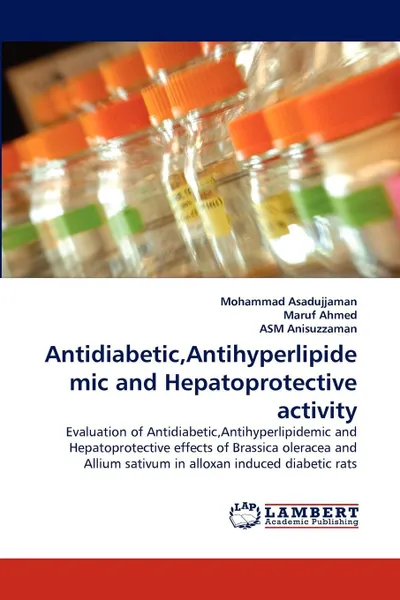Antidiabetic,Antihyperlipidemic and Hepatoprotective activity 12+
2011
100 страниц
Категория: Литература на иностранных языках
ISBN: 9783844311518
Язык: Английский
📗 The diabetic population has reached the 100 million mark.Decreased physical activity, increasing obesity, stress, and changes in food consumption are responsible for the increasing prevalence in the past two decades. As the incidence continues to grow, diabetes is being projected to be the world's primary killer in the next 25 years. In the recent years there has been marked interest in the use of plants for the treatment of diabetes. Various plants are found in many countries which have been indicated as having antidiabetic and hypolipidemic effect. The plants Brassica oleracea and Allium sativum are used as folk medicine in the villages to treat diabetes. Accordingly, the different extracts of Brassica oleracea and Allium sativum showed antidiabetic and hypolipidemic effects on normal, glucose induced and alloxan induced diabetic rats. Petroleum ether, ethyl acetate and chloroform were used for fractionation from rectified spirit extract of Brassica olercea and methanolic extract of Allium sativum.
Мнения
